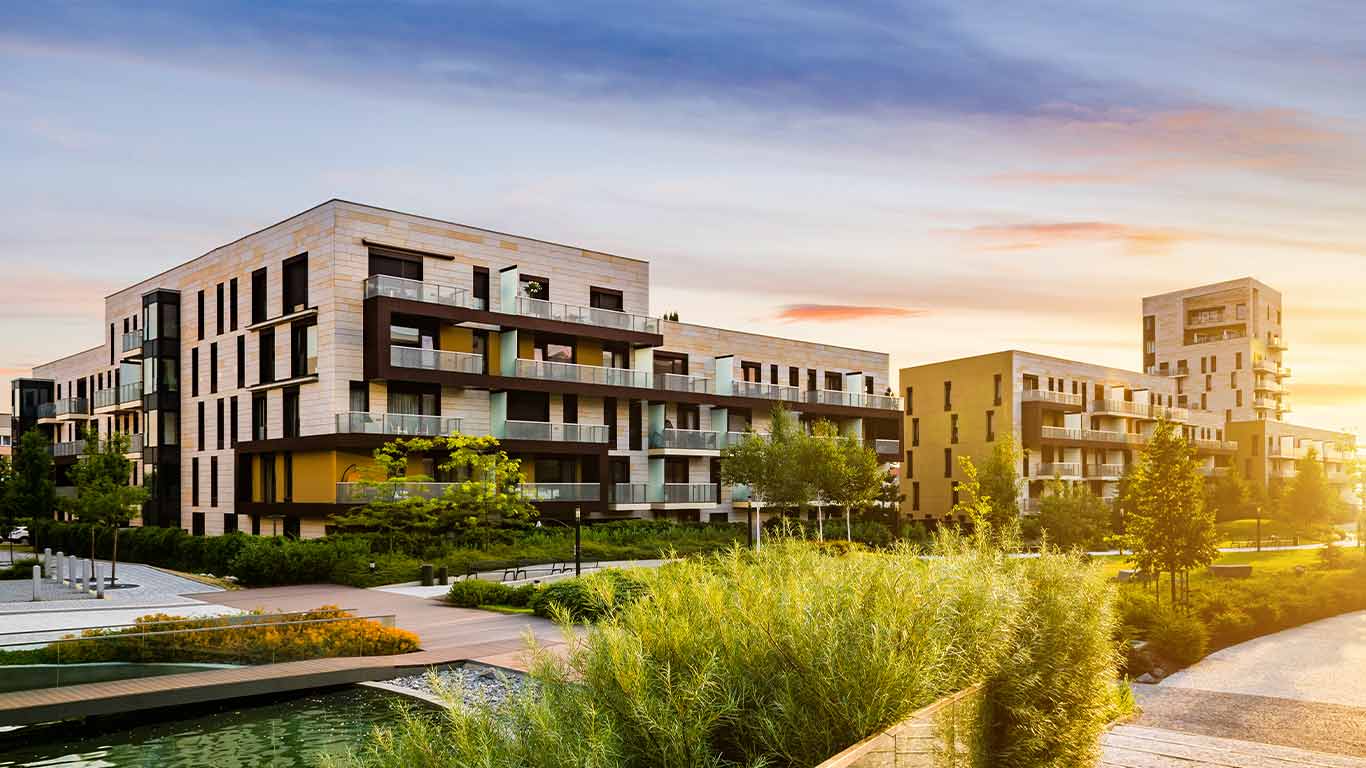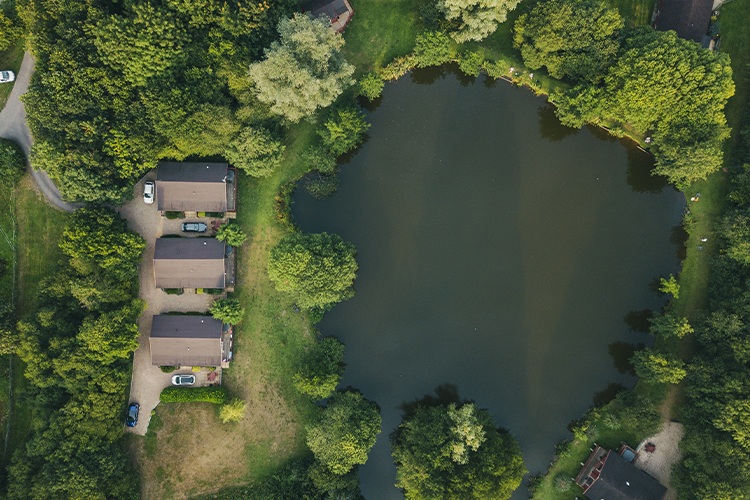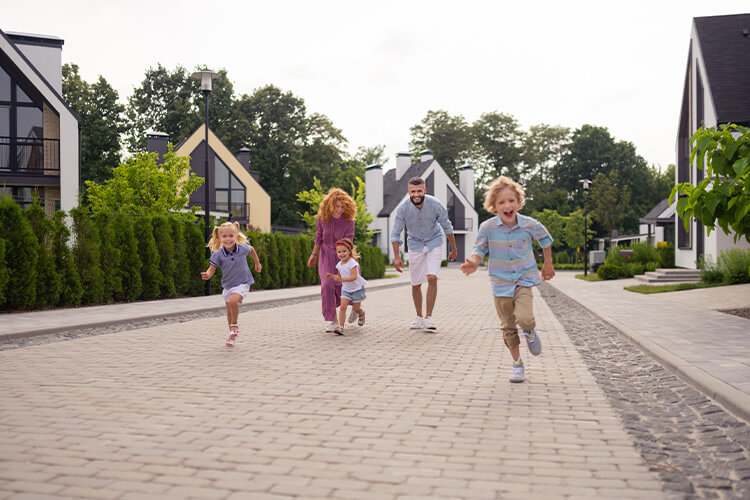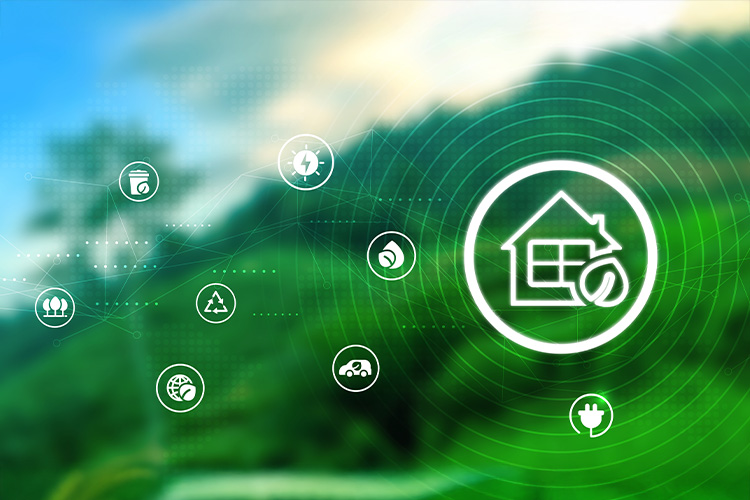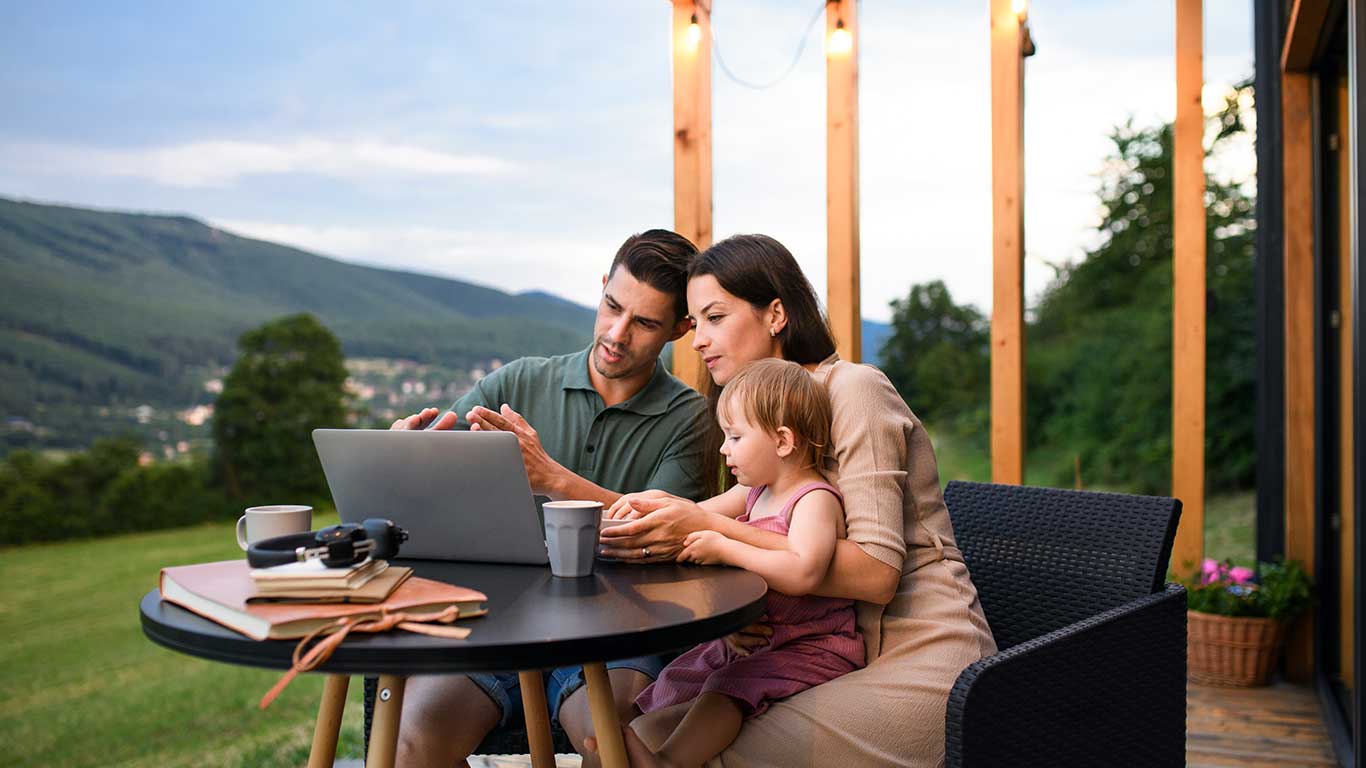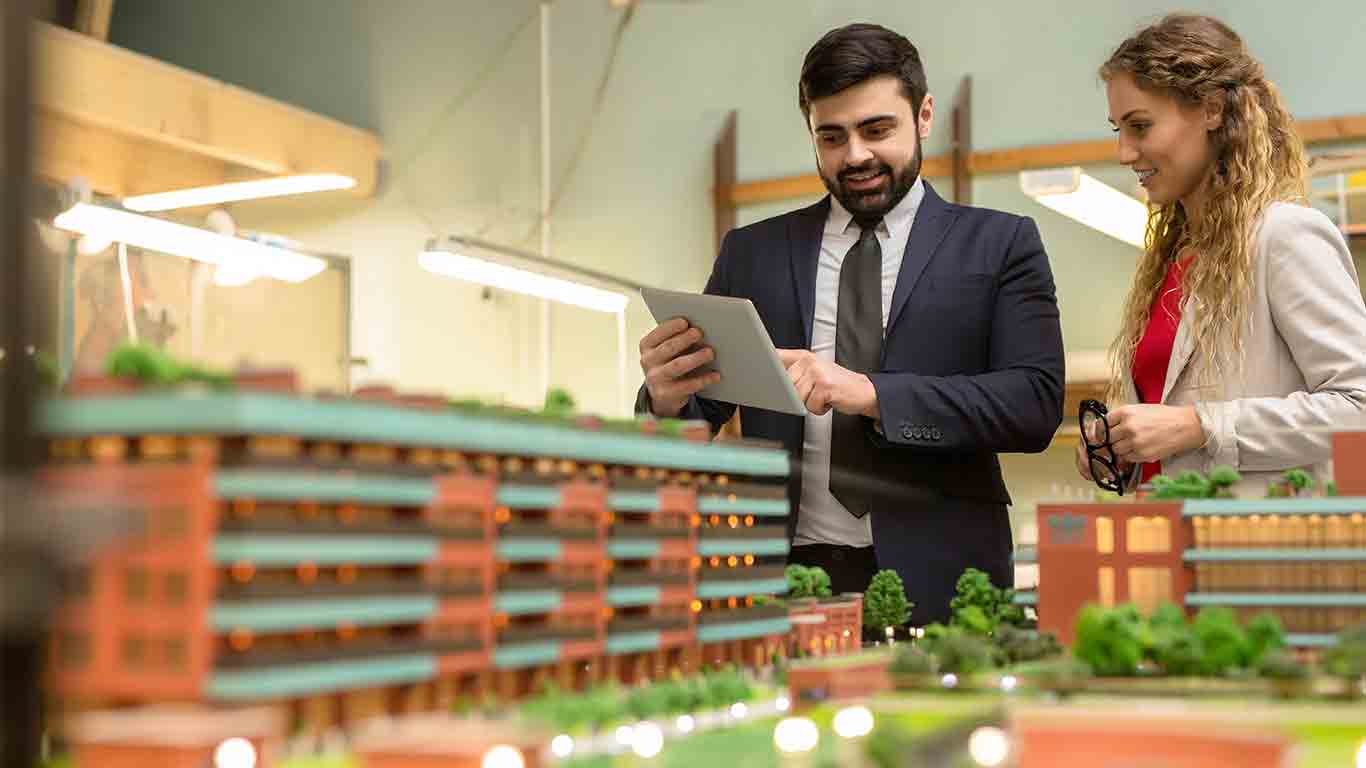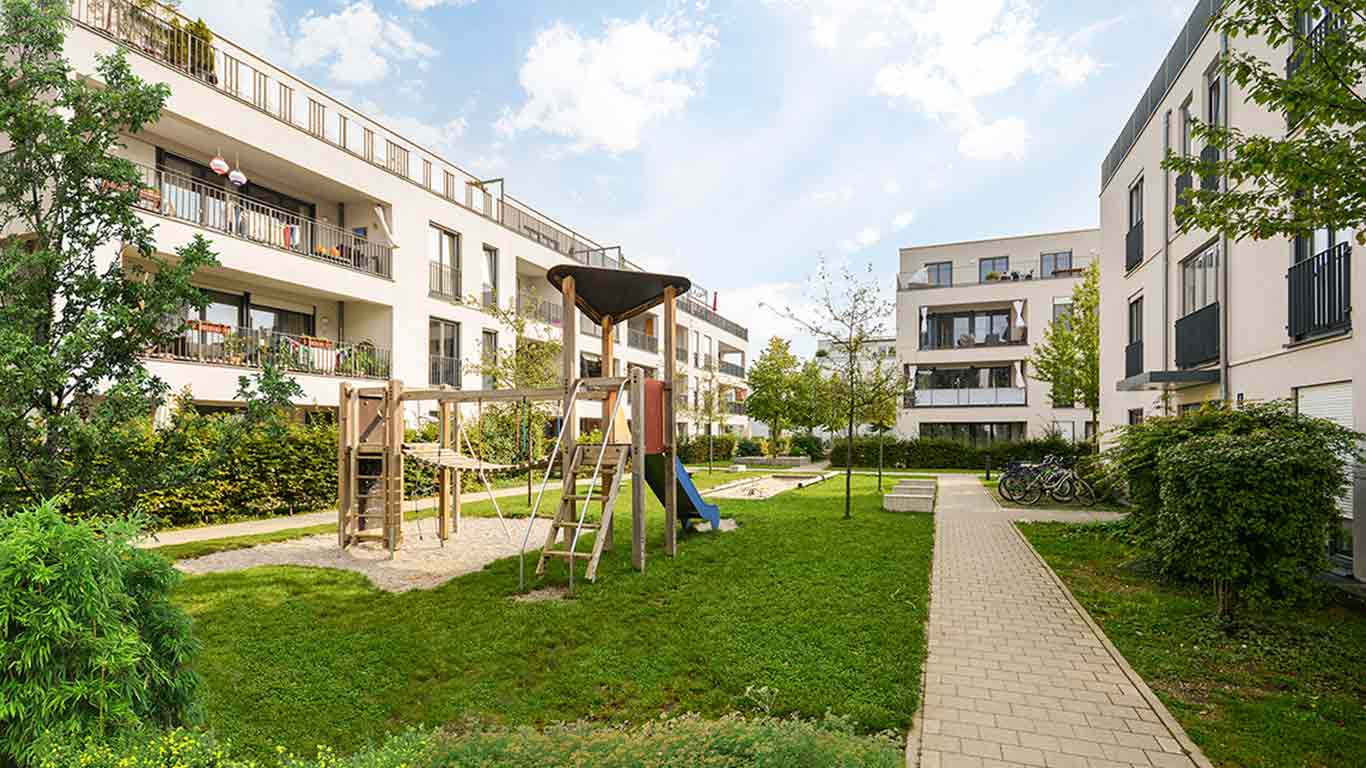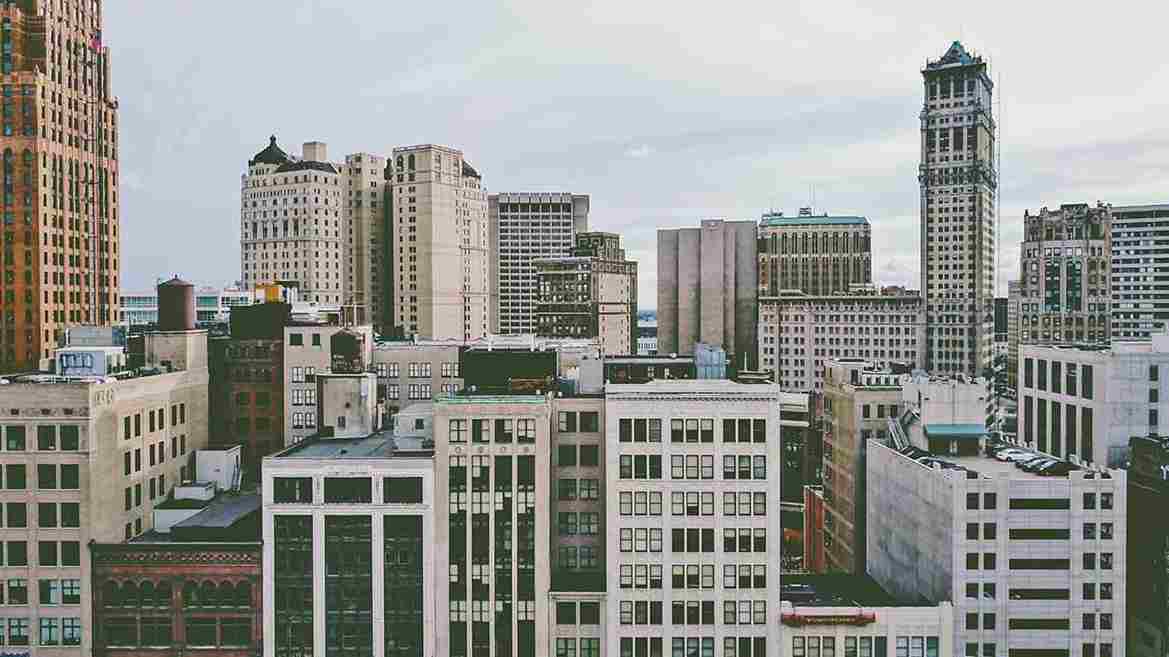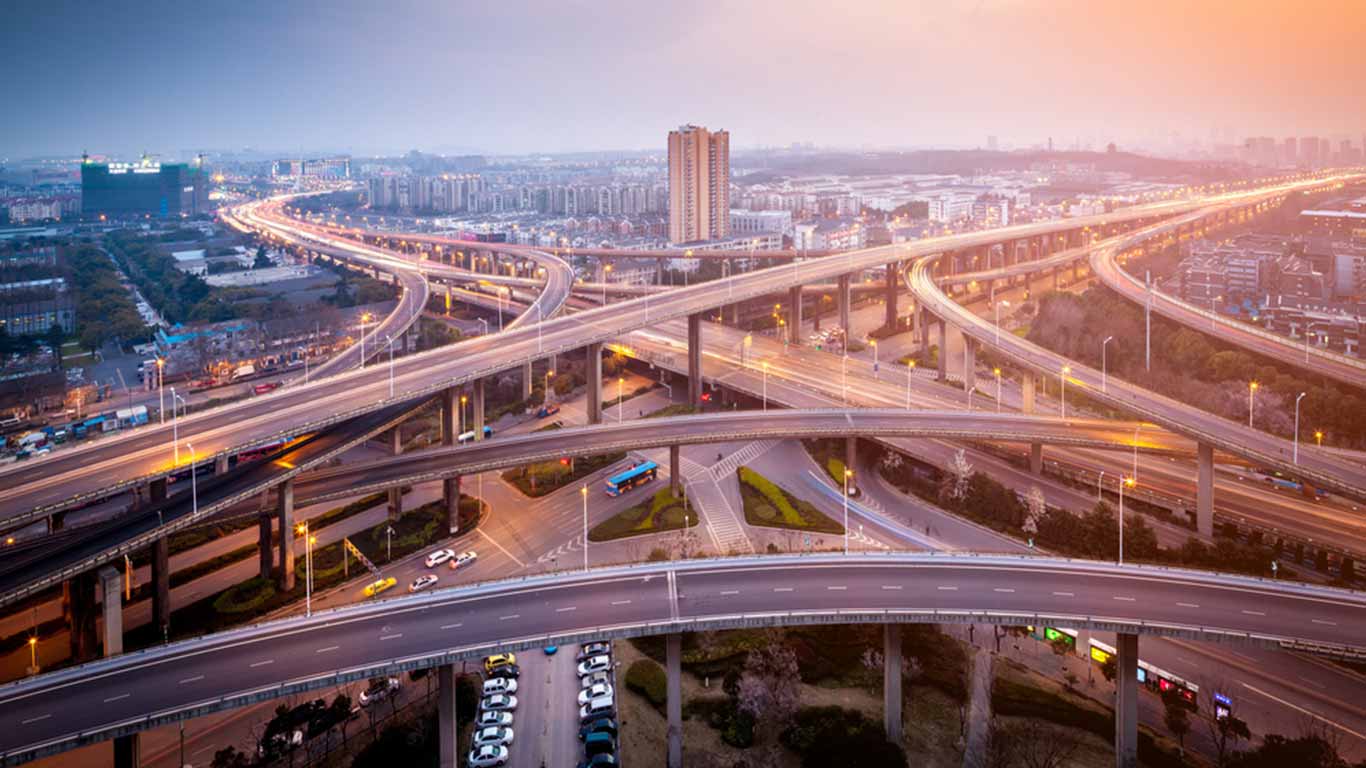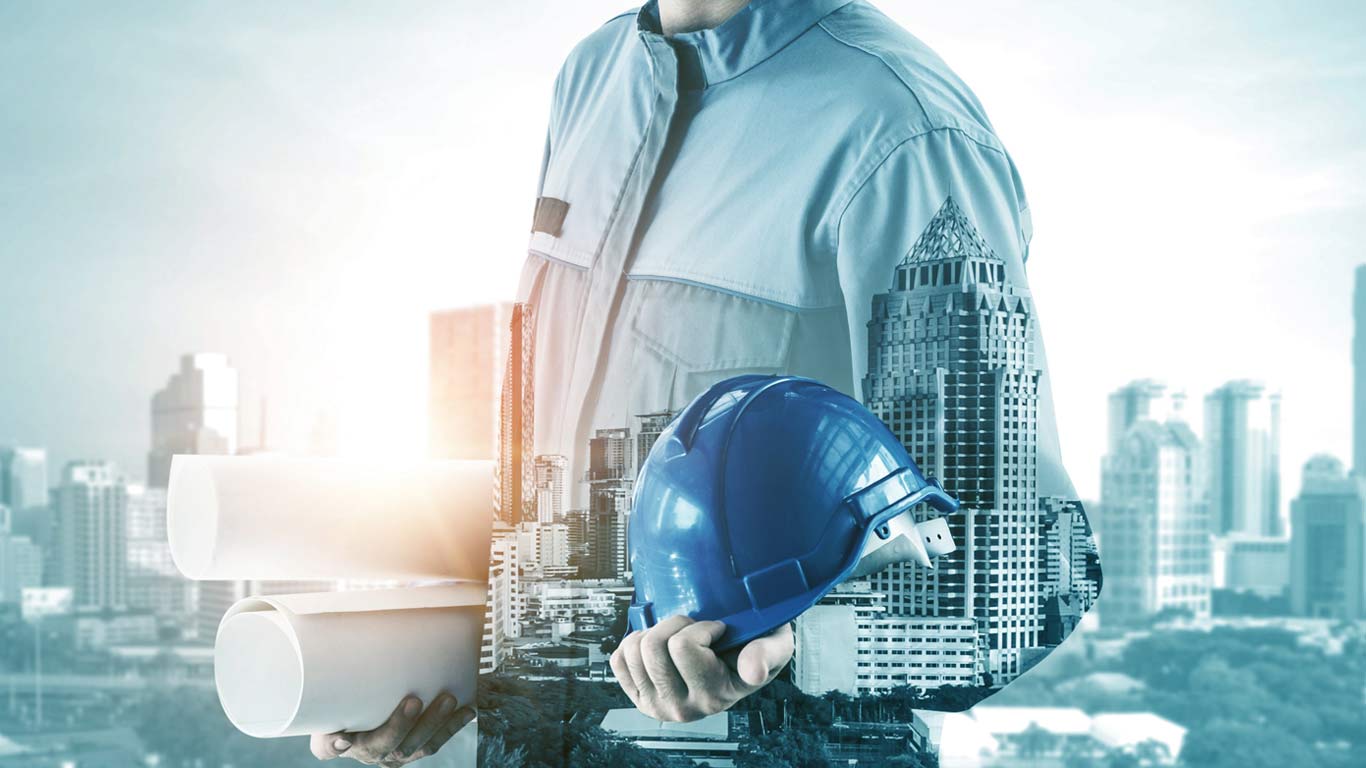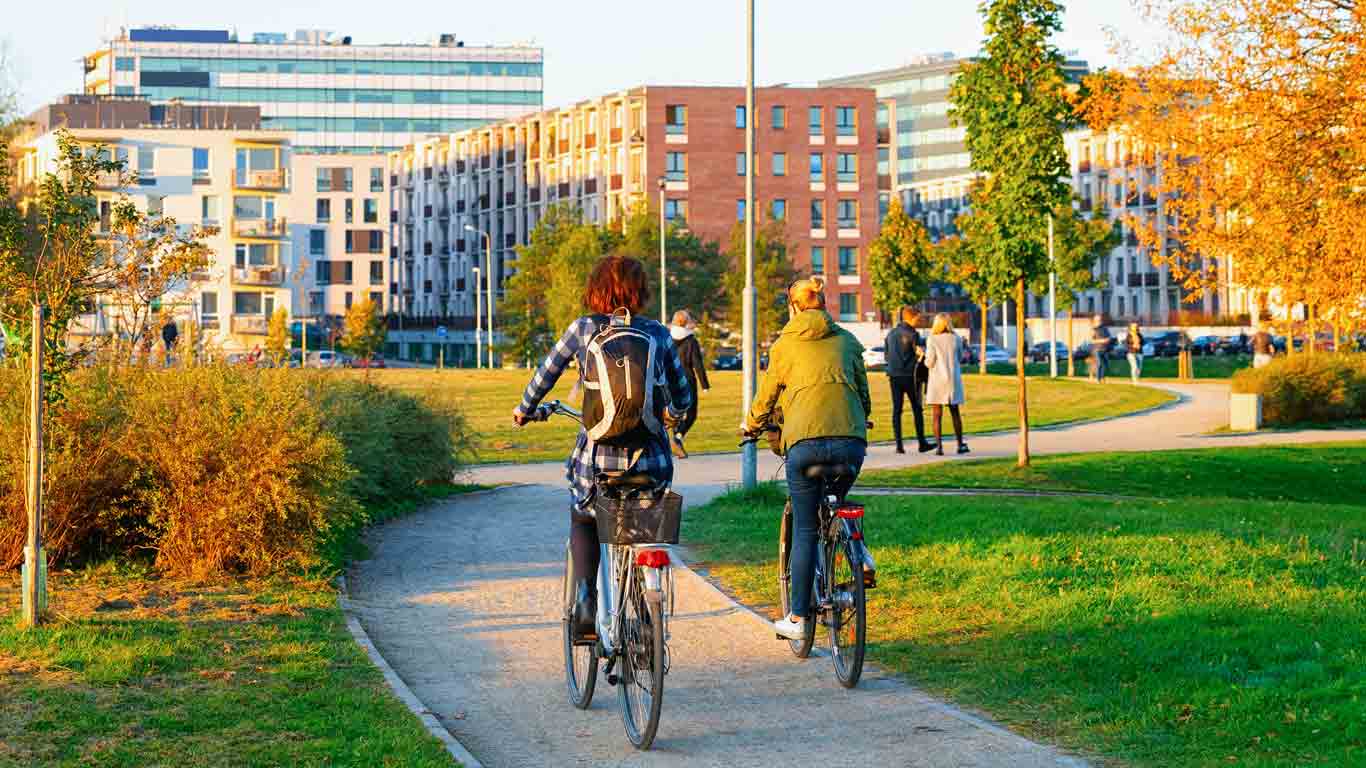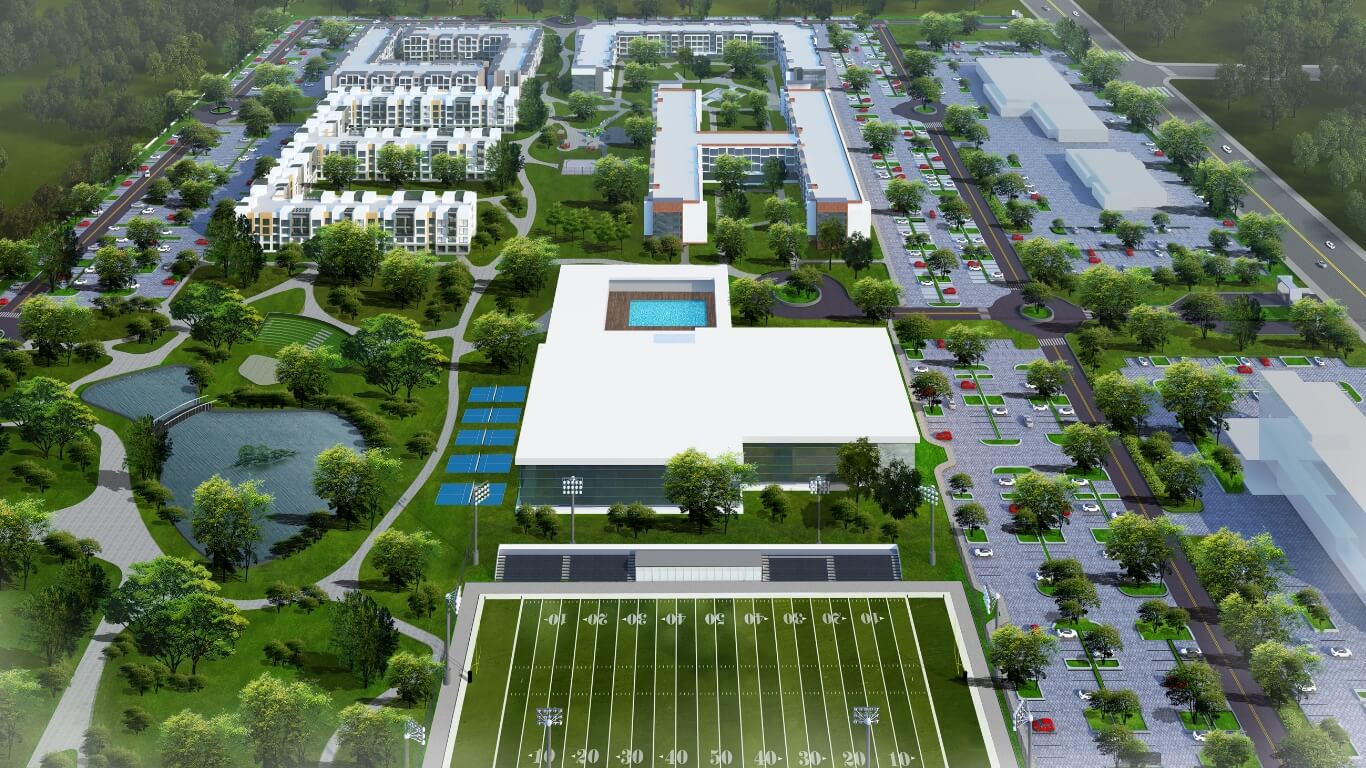Suburban Development in the Wake of the Pandemic
By homz | April 7, 2023
The recent pandemic has impacted our lives on multiple fronts. We see a pandemic-fueled change from eating and traveling to living and working. While working from home has become a norm, many companies have decided to open their doors to employees. Another prominent change that we saw was the migration to the suburbs. City dwellers are now increasingly preferring some of the fastest-growing suburbs in the US, with the desire to live in cities sharply declining. In fact, the share of Americans who would like to live in the suburbs has increased from 42% to 46% post-pandemic.
The COVID-19 pandemic has significantly impacted many aspects of our lives, including where and how we live. With many people opting to move out of densely populated urban areas, suburban development has seen a surge in demand. While all this is true, suburban development must be environmentally responsible. We must recognize the importance of climate-conscious development.
In this blog, we’ll discuss how we can develop suburbs in the most responsible way.
-
Nature-inclusive Design
The real estate sector is one of the major contributors to climate change. As per Mckinsey & Company report , real estate drives around 39% of total global carbon emissions. While the drastic change would be too egregious, we can always start with smaller steps. From using natural materials to build new infrastructure to incorporating nature-focused amenities like free spaces and organic farms, we can make the nature-inclusive design an intrinsic part of suburban development.
We also need to emphasize walkability and bikeability. Suburban areas are often characterized by their reliance on cars, but prioritizing walkability and bikeability can help reduce carbon emissions and improve residents’ health. Designing developments with pedestrian and bike-friendly infrastructure can encourage more sustainable modes of transportation.
-
Multifamily Housing
As suburban development continues to grow, multifamily housing is becoming an increasingly popular option. Multifamily housing refers to buildings that contain multiple residential units, such as apartments or condos. This type of housing is often more affordable than single-family homes and can offer a greater sense of community.
In many suburban areas, multifamily housing has traditionally been seen as a less desirable option. However, the pandemic has changed this perception. With many people working remotely, the need for a large, single-family home with a dedicated home office has decreased. Instead, many people are looking for smaller, more affordable homes that offer access to outdoor space and community amenities.
-
Sustainable Living
Sustainability has to be part of our future communities. Whether it’s wastewater treatment or using renewable energy sources, we must ensure that our every move inflicts little to no negative impact on the environment. Energy-efficient design features such as high-efficiency appliances, LED lighting, and well-insulated buildings can help reduce energy consumption and save residents money on utility bills. Water conservation is another important aspect of sustainability. Suburban developments can incorporate water-efficient landscaping, low-flow plumbing fixtures, and other water-saving measures to help reduce water consumption and preserve this valuable resource.
Final Thoughts
In conclusion, the COVID-19 pandemic has significantly impacted suburban development in the US. As more people seek affordable housing options and access to outdoor space, suburban areas are seeing a surge in demand. Additionally, the rise of remote work has made multifamily housing a more attractive option, as people no longer need a large, dedicated home office. While there are certainly challenges associated with this trend, the rise of suburban multifamily housing is likely to continue in the coming years.
HOMZ is creating wellness-centric multifamily housing across the suburbs of the United States. Our communities feature nature-inclusive, sustainable design to cater for the demands of new generations and senior citizens. These communities are built-to-rent that provide attainable housing solutions to people. From using natural elements like wood and stones to dedicated areas for jogging tracks, biking trails, pet parks, and many more, we are creating communities of tomorrow.


 info@homzglobal.com
info@homzglobal.com




